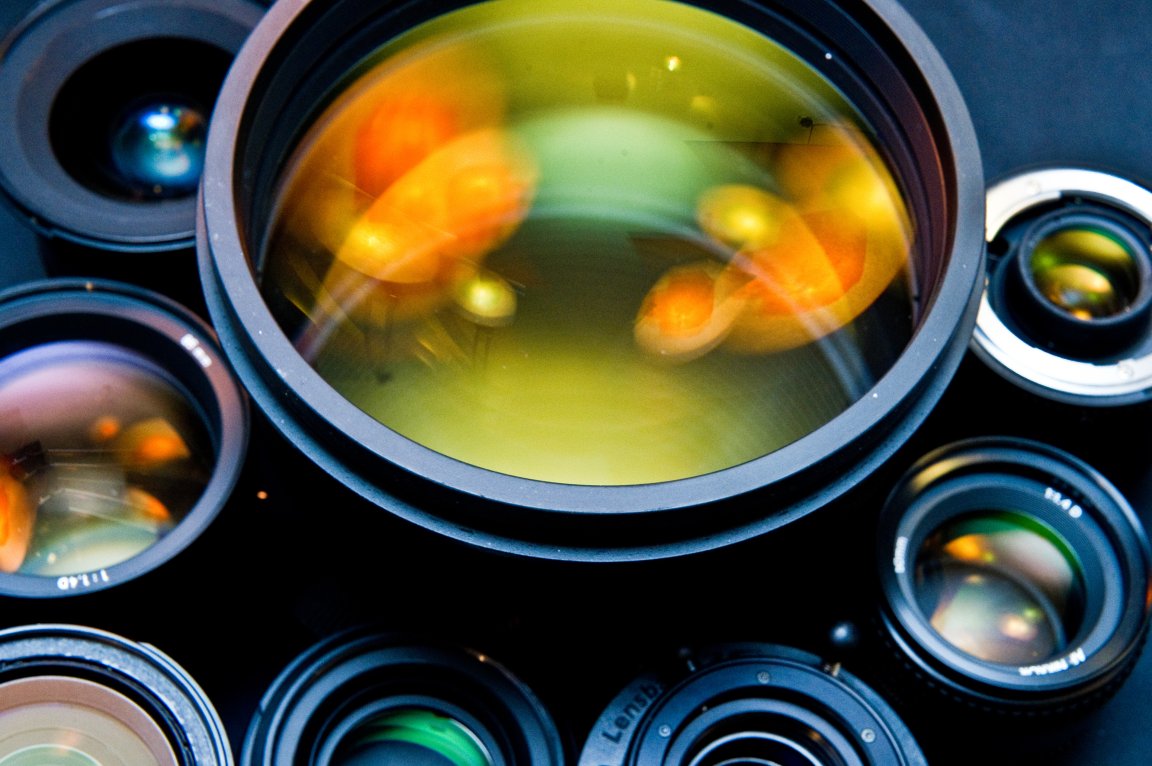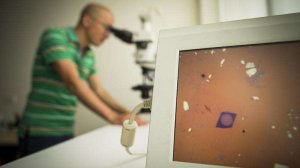
“Tiny” is an Understatement
The world’s thinnest lens has been created—and it’s just 1/2000th the width of a human hair. What could a lens that thin possibly do? Well, it’s set to pave the way for the production of flexible computer displays and possibly, miniature cameras.
According to the lead researcher behind the project, Dr. Yuerui (Larry) Lu from The Australian National University (ANU), it could allow us to see like bugs: “This type of material is the perfect candidate for future flexible displays. We will also be able to use arrays of micro lenses to mimic the compound eyes of insects.”
Amazing Crystals

The discovery was based on the molybdenum disulphide crystal.
The crystal used in the material is quite remarkable. It is known to survive remarkably high temperatures; it can be used as a lubricant; it is an ideal semiconductor; and it is capable of emitting photons.
Single layers of the crystal, around 0.7 nanometers, demonstrated impressive optical properties, which could light a beam 50 times thicker at 38 nanometers (this is known as optical path length).
In addition, the refractive index of the molybdenum has a value of 5.5. For comparison, a diamond ranks up to 2.4 while water’s refractive index is at 1.3.
Summing the work, Dr. Lu notes, “The capability of manipulating the flow of light in atomic scale opens an exciting avenue towards unprecedented miniaturisation of optical components and the integration of advanced optical functionalities.”